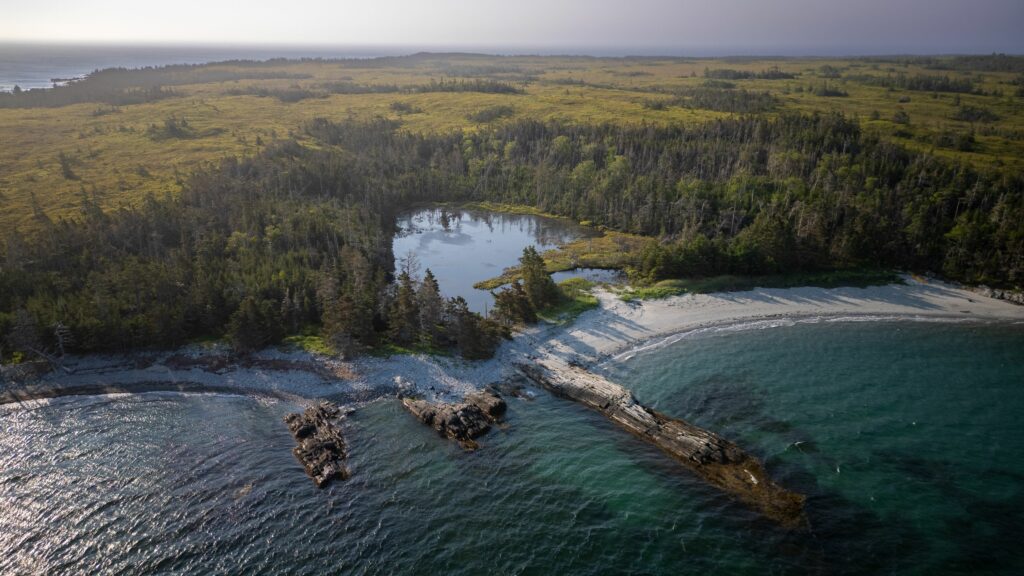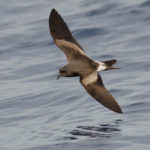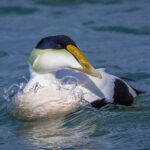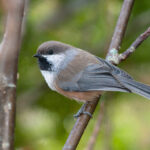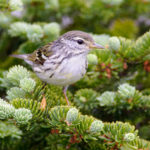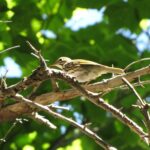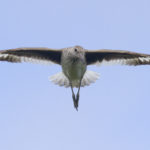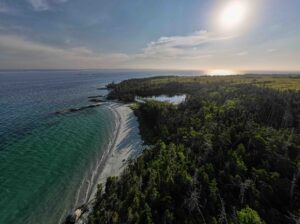Barren Island is anything but!
03 Sep 2024
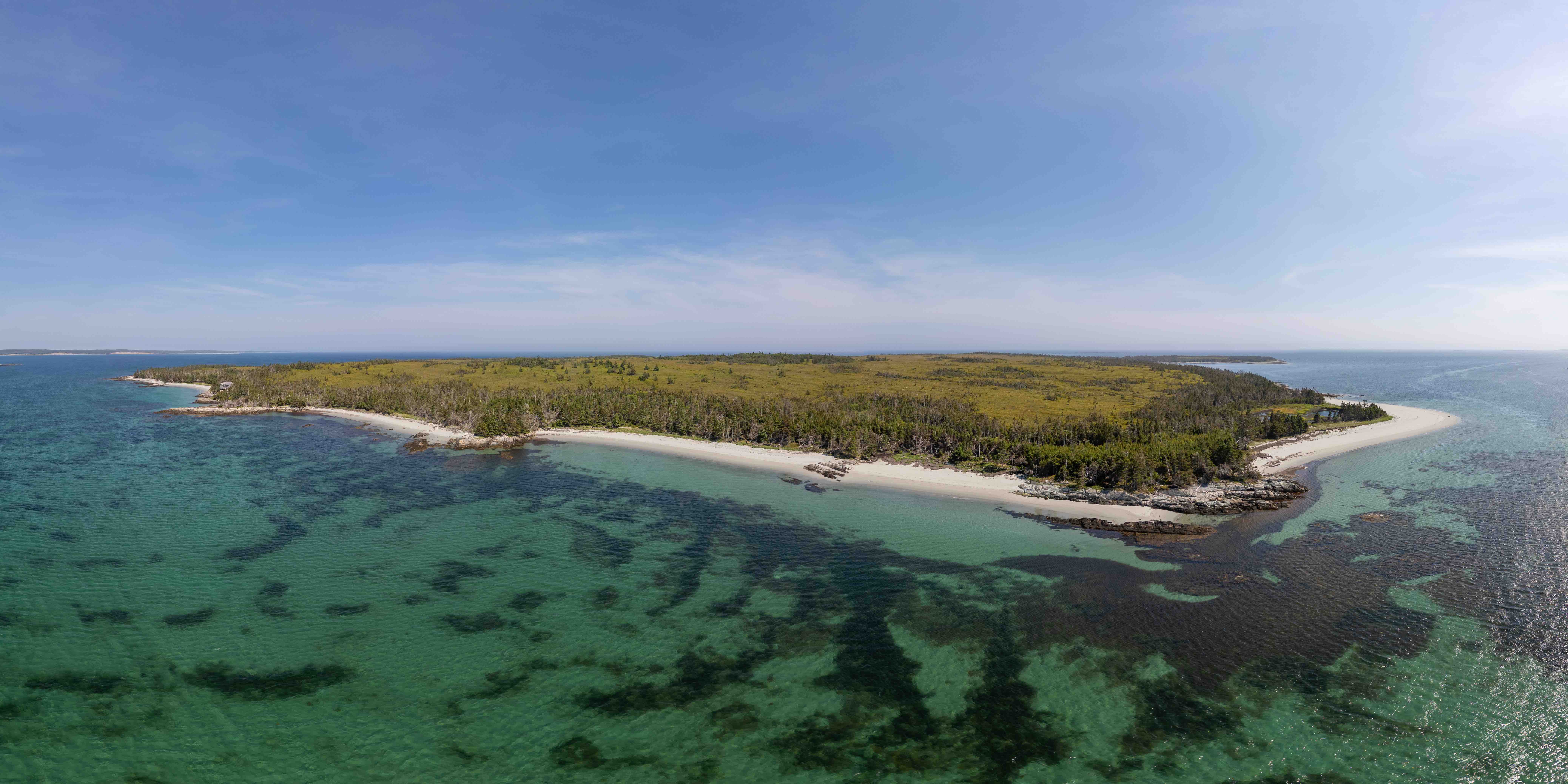
If you saw or read the announcement of the success of the Twice the Wild campaign, you may remember that a place called Barren Island was the piece to push us over the finish line! We’re delighted to share more information about this special island, one of our largest protected properties to date.
Barren Island spans approximately 758 acres (307 hectares) on the Eastern Shore, near Marie Joseph. A large and undisturbed coastal island, it complements the Nature Trust’s island conservation work to the southwest, in the 100 Wild Islands, and to the northeast, in our newly established Canso Coastal Barrens focus area. It also increases protected island connectivity in the provincially protected Eastern Shore Islands Wilderness Area.
The property is exceptionally large, with one large primary island and two small rocky islands that are intermittently connected to the main island during periods of low tide.
Although it is called “Barren,” it holds an impressively diverse array of coastal habitats, from a large open coastal bog and vast coastal barrens to coastal forest and beaches. Osprey, Willets and Common Eider, a declining sea duck, are known to breed on the island. There are also records of several species of colonial birds nesting on the island, and we hope to be able to confirm this with fieldwork. Our stewardship staff recently discovered evidence of the presence of Leach’s Storm-Petrels on the island; they installed a autonomous recording units (ARU) from the Canadian Wildlife Service to track the bird species present, including whether the island is being used by these and other rare species. (Read more about our work with acoustic monitoring and Leach’s Storm-Petrels on other islands!)
Like many of the islands the Nature Trust prioritizes protecting, Barren Island lies along the Atlantic Flyway, one of North America’s four main “bird superhighways.” Many hundreds of species of migratory birds depend on islands and headlands for places to rest and feed along their long migration journeys. As the Nature Trust and other conservation partners collectively piece together a network of protected islands and coastal lands along this critical route, we help to ensure that these birds have the safe places and protected resources they need to survive their often grueling migrations – an essential tool in combating the alarming and accelerating loss of these species.
Islands like Barren Island are also important refuges for birds more commonly associated with boreal forests, including our Wabanaki-Acadian forest (which is a unique mix of the northern hardwood forest and the boreal forest ecosystems). As climate change forces mainland birds to seek refuge on the cooler, damper microclimates of the islands, this “escape route” function will increase in importance. In fact, boreal species including Blackpoll Warblers, Boreal Chickadee and Swainson’s Thrushes are already present on the island, some in great number.
The opportunity to protect large, intact coastal landscapes is rare in Nova Scotia, even on the mainland, but especially for islands. At 758 acres, protecting Barren Island is an exceptional victory for coastal conservation.
This project was undertaken with the financial support of the Government of Canada through the federal Department of Environment and Climate Change.
The Nova Scotia Nature Agreement is a project of the Province of Nova Scotia. Working with conservation partners, the goal is to increase the amount of protected and conserved areas and advance an integrated approach to the protection, conservation and recovery of biodiversity, including habitat, species at risk and migratory birds, in the Province. The Nova Scotia Nature Agreement is funded by Environment and Climate Change Canada, through the Canada Nature Fund.
Barren Island was saved through our Twice the Wild campaign and now joins our network of more than 30,000 protected acres across Nova Scotia.
We’re currently working to save more incredible coastal shorelines and islands like Barren Island through our campaign to raise Hope for the Coast.

